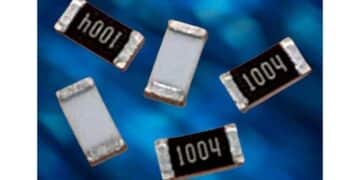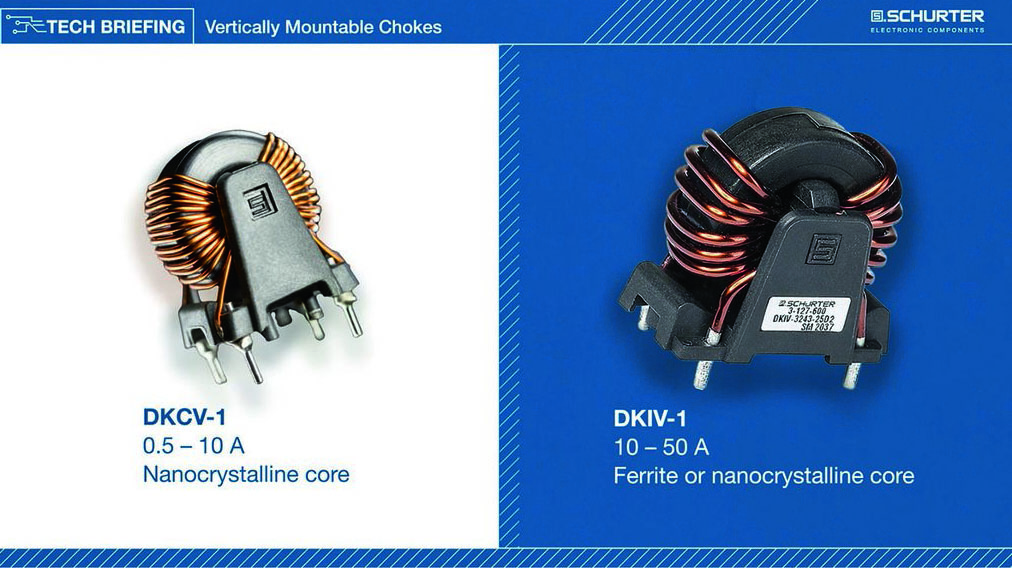
Microelectromechanical systems (MEMS) are microscopic devices comprised of electronics and mechanical parts. Many recent sensor designs leverage MEMS technology for their high precision and miniaturization to achieve specific goals and innovations.
What advantages can electronics engineers expect while using MEMS-based sensors in their designs? Here are three benefits.
High accuracy

(Source: Adobe AI Generated)
Electronics engineers may get more marketplace traction and stakeholder interest when they develop solutions with broad potential use cases. This includes using advanced sensors combined with artificial intelligence to develop new use cases.
One example is the AI Nose from Ainos Inc., which includes insights from 13 years of research and development, proprietary AI algorithms, and MEMS sensors. The AI Nose digitizes scents into “Smell IDs” for use cases such as healthcare, service robots, and smart manufacturing.
Electronic odor detectors with AI algorithms can deliver improved detection in applications such as medical diagnostics and industrial safety. Water Tower Research, for example, reports that the Ainos AI Nose is nearly 80% accurate when detecting 22 volatile organic compounds in semiconductor settings and more than 90% accurate in women’s health applications.
Ainos’s plans include forging strategic partnerships with entities in key markets and locations. Its partnership with a service robot brand in Japan is a prime example of those efforts, especially since that nation accounts for a significant percentage of global robot production. If this electronic nose with MEMS sensors gains momentum there, decision-makers in other countries will be more likely to see that it is worth their attention and potential investment.
These advances are notable, as many robotic innovations give machines characteristics attributed to humans. In one example, a team built a robotic finger with tactile sensors that could find objects buried in sand and rice. As these emerging applications become more appealing and more organizations push the boundaries of humanoid robot development, these capabilities will increasingly find homes in new applications.
Improved safety
Electronics engineers continually explore viable solutions for making their components smaller yet highly functional. At the same time, they must pay attention to factors such as a component’s orientation and placement to ensure it does not interfere with the printed circuit board’s performance. However, when considering the integration of a MEMS sensor, they must also consider the component’s purpose and the type of data it will collect.
In automotive applications, for example, a MEMS sensor may be used in combination with other technologies to improve a vehicle’s traction control system, braking capabilities, and driver assistance features.
In one case, Pirelli and Bosch signed a joint development agreement for an innovative tire monitoring system that includes MEMS-based sensors, algorithms, models, and Bluetooth Low Energy connectivity. Integrated with the car’s electronics, this solution delivers optimized performance of the tires. The integrated sensors collect and transmit data to the vehicle for real-time processing, enhancing safety while providing tailored driving conditions.
Enhanced functionality
Many designers evaluate a range of sensor technologies to determine the most appropriate choice based on what they want to achieve in their products. In many cases, they find that MEMS sensors can offer greater accuracy and functionality, particularly in healthcare applications.
For example, STMicroelectronics recently capitalized on its well-established MEMS competencies when developing the ST1VAFE3BX biosensing chip for health wearables. In addition to incorporating its machine learning core, this low-power product has an integrated accelerometer for inertial sensing. While the accelerometer provides data about a user’s movements, biopotential sensors allow associated applications to infer connections between detected signals and physical activity. Also, neural processing occurs directly on the chip.
The biopotential measurement possibilities extend to activity in the brain, heart, and muscles, opening numerous valuable ways to use these advanced sensors. Because they have a complete vertical analog front end that simplifies the different types of vital signs, manufacturers could use them in applications that detect a patient’s physical and emotional states.
One of the main reasons for the high interest in the medical wearables market is that the products can provide information to health providers about how patients are doing in between appointments. It can be especially difficult to determine a person’s genuine state of health if medical settings typically make them uneasy. Healthcare providers will be better able to make confident judgment calls if they can refer to a broader assortment of reliable data. MEMS sensors make that visibility possible.
Although the implementation of a MEMS sensor varies significantly depending on the application, these examples show that successful outcomes can inspire industry stakeholders while encouraging designers to pursue creative solutions to application challenges.
The post Three benefits of using MEMS sensors appeared first on Electronic Products.



